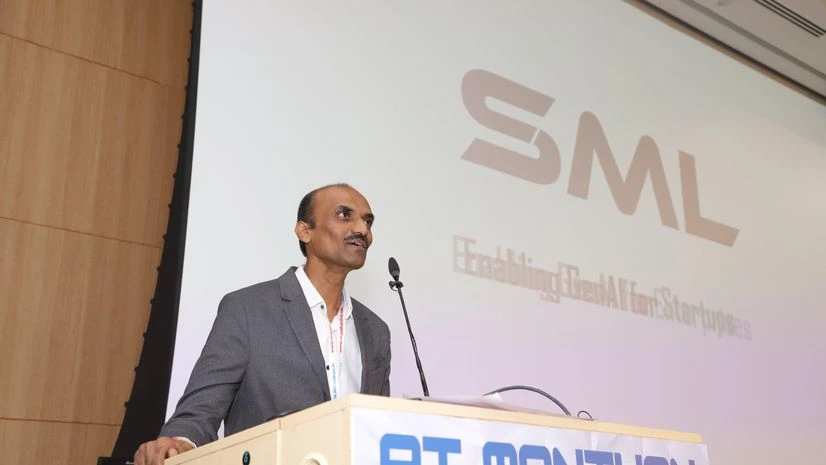Vishnu Vardhan, the founder of SML Generative AI, discusses the potential of AI to enhance Indian regional languages and the challenges that come with it. He believes that while AI can greatly support the growth of these languages, there is a risk that people may rely more on English if strong AI models are not developed in local languages. There is currently a lack of data for Indian languages, but increasing content creation in these languages offers hope. The Market for AI-driven translation tools in India could be worth $20 billion, with significant opportunities in sectors like e-commerce and online education. Vardhan’s Hanooman model aims to provide cost-effective AI solutions while focusing on India’s diverse languages.
Vishnu Vardhan, the founder of SML Generative AI, recently shared insights on the impact of artificial intelligence (AI) on Indian regional languages during an interview in New Delhi. He emphasized that AI presents a tremendous opportunity for these languages but also poses significant risks if not properly addressed. As generative AI becomes more common, there is a pressing need to create robust AI models for Indian languages. Without these, there’s a danger that English could overshadow regional languages.
Vardhan pointed out the major challenge is the lack of data. While English has a wealth of digital content, Indian languages often do not. However, the landscape is changing as local media and government entities begin to produce more content in various regional languages. To bolster AI development, access to open-source data and strong government support is essential.
Moreover, Vardhan highlighted the importance of creating AI models that understand the unique cultural nuances of Indian languages. Current translation tools often struggle with context, leading to inaccuracies and misunderstandings. He advocates for developing native language models instead, which can more effectively manage the richness of the languages and nuances of communication.
The potential Market for AI-driven translation tools in India is vast, with about 500 million regional language internet users creating a Market worth approximately $20 billion. Improved translation could help unlock growth in e-commerce, online education, and various media services.
Despite challenges in building profitable AI models, Vardhan believes that with a lean approach, his team can create a cost-effective multilingual AI model tailored for India’s diverse linguistic landscape. His focus on efficiency may provide quicker returns on investment compared to other companies in the sector.
In summary, as India embraces AI, the future of its regional languages hangs in the balance, driven by innovation, data access, and cultural relevance.
First Published: September 13, 2024 | 6:36 PM IST
What is the impact of AI on Indian regional languages?
AI can help improve and promote Indian regional languages by making tools for translation, education, and content creation, making them more accessible to people.
Will AI help in preserving regional languages?
Yes, AI can help preserve regional languages by creating digital resources, such as dictionaries and grammar guides, which can keep these languages alive for future generations.
How can AI affect language learning in India?
AI can make language learning easier by offering personalized lessons and practice tools, helping people learn regional languages more effectively.
Are there any risks of AI negatively impacting regional languages?
Yes, if AI mainly focuses on major languages, it might overlook regional languages, leading to decreased usage and interest among younger generations.
Can AI support local content creation in regional languages?
Absolutely! AI can assist writers and creators in regional languages by providing writing aids, language tools, and even suggestions on popular topics, boosting local content.
)





